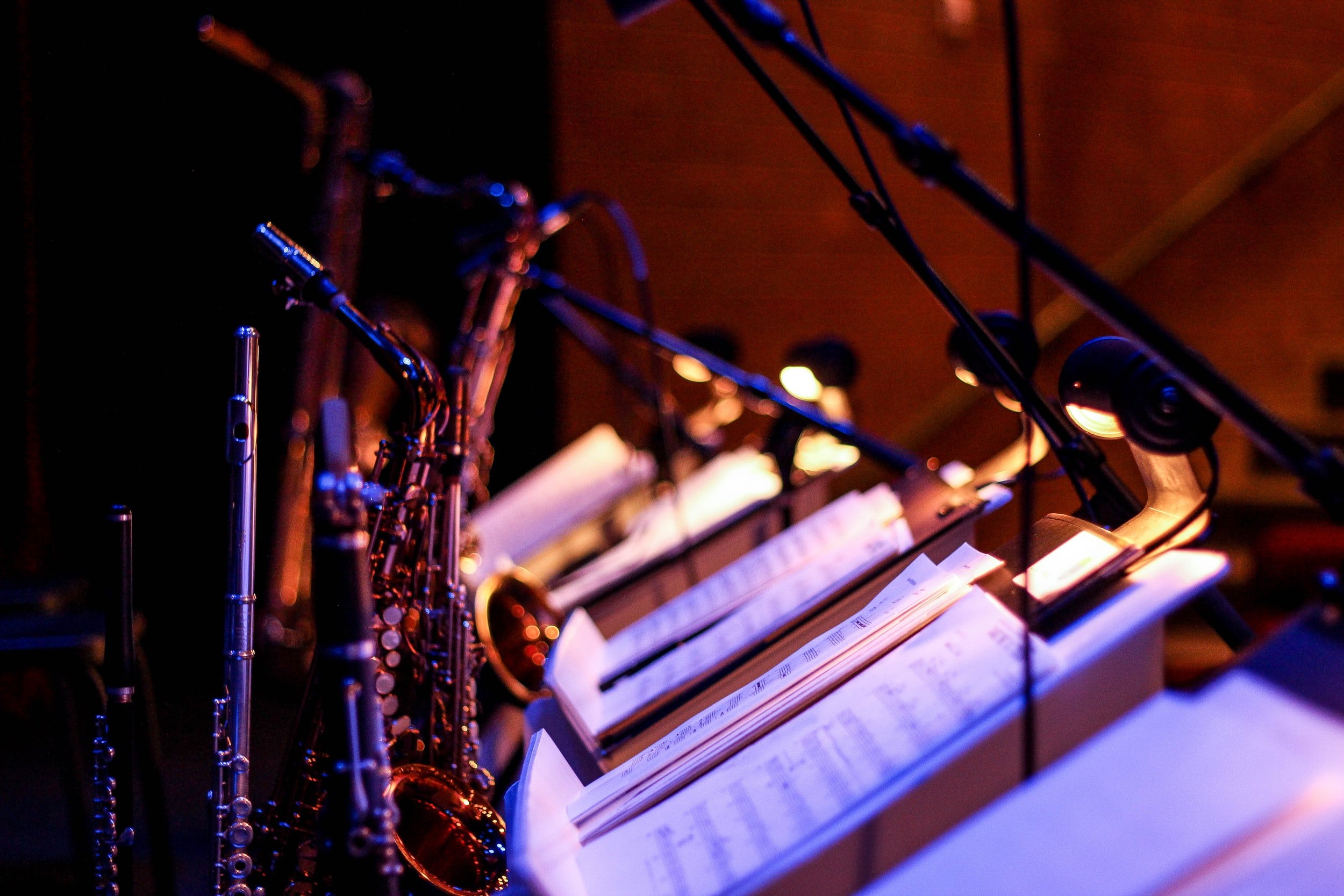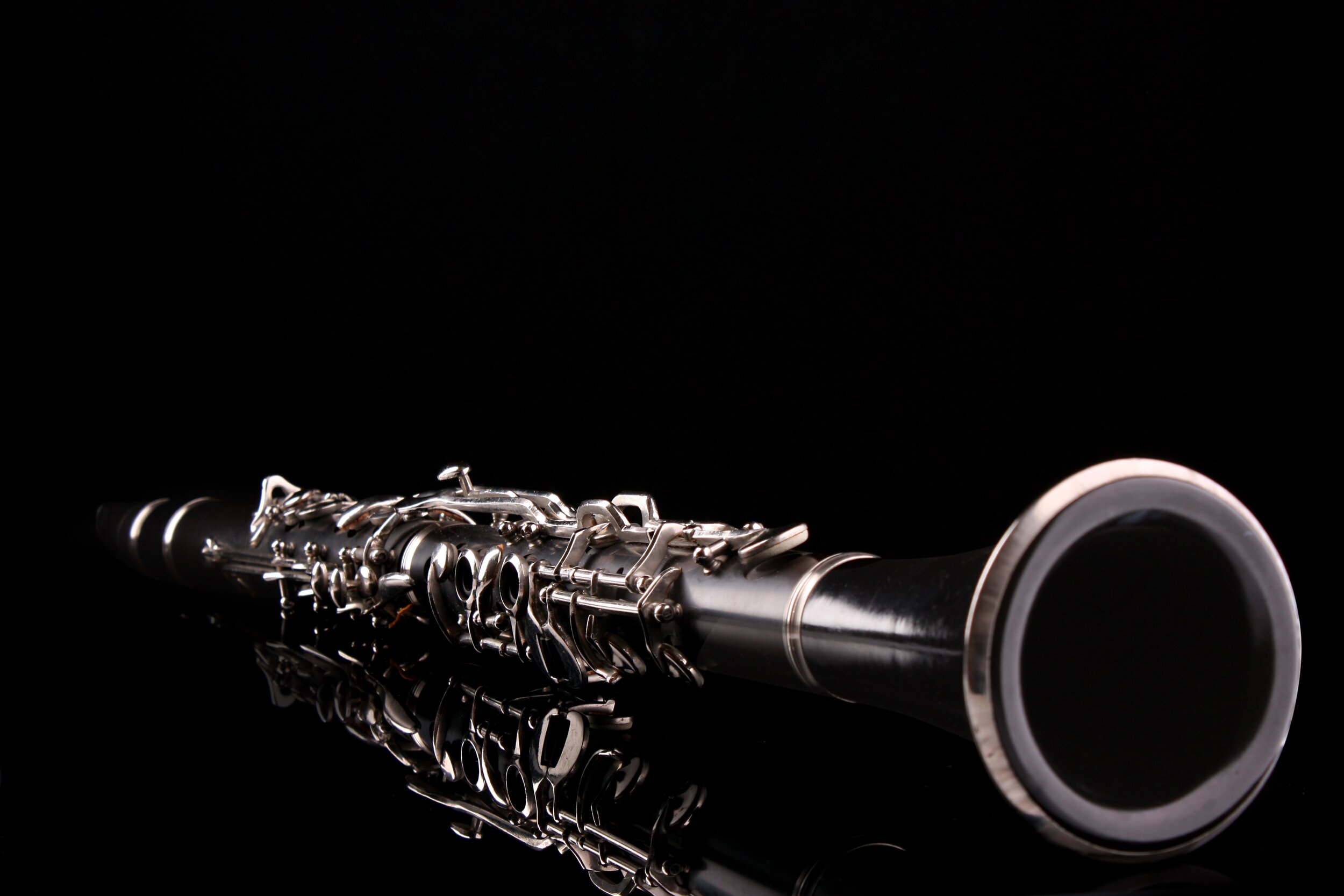We coined the term EXTREME ORCHESTRATION in an attempt to capture the imagination of students whose orchestrations tended to be merely functional—inoffensive but unengaging. We suggest that this concept could be instilled as a primary motivator for all musical endeavors.
Extreme orchestration does not claim that every piece must be avant-garde or conspicuously innovative, or that all music, dynamically, should be at the threshold of audibility or pain. Unconventional ensembles are not necessarily less fascinating than commonplace ones, and the outermost instrumental registers are not always preferable to the more common, middle range. It certainly is not a decree that proselytizes the superiority of extended techniques over traditional ones, or one that shuns music written before the Twentieth Century! (In fact, it would be difficult to imagine an orchestrator more extreme than Beethoven.)
What is extreme orchestration? It is simply a challenge asking that composers and orchestrators define their goals and execute them extremely well. If your concept is to write a beautiful love ballad, make it gorgeous. Don’t be afraid to write violent passages that are primal and horrifying. If you wish to orchestrate in the style of Bach, study his scores thoroughly and aim for more than a superficial resemblance; find and emulate the details and subtleties that make his music awe- inspiring. If your aim is to orchestrate Bach’s music in an unusual way, search deep and hard to find a strategy that will allow the listener to hear Bach’s ideas in a completely fresh manner (as Webern did when he orchestrated Bach’s Musical Offering). Strive to make your music not only moderately pleasant (sad, etc.), but powerful and effective. Do not stop short of capturing the essence of your goals.
An extreme orchestrator must carefully balance two aspects of instrumentation and orchestration: craft and art. The craft of instrumentation deals with concrete issues such as instrument ranges, transpositions, registral characteristics, various performance techniques, and idiomatic devices. Orchestrational craft encompasses the ways in which instruments can be combined, how they balance with one another, transcription approaches, and a host of other concerns. In terms of craft-oriented issues, there is no need to reinvent the wheel, as there are many resources available to develop these skills. This text is a practical reference, aimed at developing techniques and strategies for dealing with such issues and concerns, but no book alone can teach you the craft of orchestration. In addition, the following are highly recommended:
Listen to Music. As often as possible. There is no better way to internalize the potential of instruments and instrumental combinations than actively listening to music.
Attend Concerts. By watching the performers and feeling the energy of shared musical communication, you should be able to re-visualize how the music comes to life as your work on your scores.
Attend Rehearsals. One of the best ways to learn about orchestration, it is possible to hear what is difficult for the ensemble and what works instantly. The kinds of concerns expressed by the conductor and how players respond to them may be observed in this setting.
Study Scores. Detailed score analysis teaches many lessons that would take volumes of books to describe, and is one of the primary methods for studying orchestration.
Piano Reductions. When available, compare piano reductions with full scores. Making piano reductions from large ensemble scores or orchestrating a reduction and comparing it against the original can teach many valuable lessons.
Work With Players. Ask performers questions about what their instruments do or don’t do well. Have them demonstrate specific techniques for you.
Have Your Music Read/Performed. No book or professor can teach you the lessons of such situations. It will quickly become apparent what worked and what didn’t (though failed passages may be the result of poor scoring from the orchestrator or poor reading from the players). If possible, record all readings, rehearsals, and performances of your works, and listen critically to them.
The art is the way in which the techniques and issues of craft are applied. All of the methods described above should also be used to engage the artistic side of the orchestrator. This text poses many artistic issues, but in the end only you can exercise your creative power.

Woodwinds | Introduction
Woodwinds are not usually called upon to evoke the sensuous beauty of strings, the heroic grandeur of brass, or the visceral power and splashy color of percussion. Their role in the orchestra is possibly the most subtle and personal of all the instrumental choirs. Developing an appreciation for the special qualities they contribute and discovering techniques for making the most of the timbral resources they provide may be the most important lessons an orchestrator can learn.

Woodwinds | Scoring Excerpts
Since the members of the woodwind section have such individually distinct timbres, the choices of chord voicings, doublings and octave placements in this section have a particularly notable impact.

Woodwinds | The Flute Family
The members of the flute family are the only wind instruments that do not use a reed or buzzing lips to initiate their sound. Air is directed from the lips free of a mouthpiece. The only resistance to the airflow is the player’s embouchure, allowing the tongue and mouth to be uniquely unencumbered.

Woodwinds | The Oboe Family
The oboe’s double reed is the heart of its distinct character. Since no satisfactory way of mass-producing oboe reeds has been perfected, oboists spend a good part of their lives making and adjusting reeds. Intonation is largely a matter of fine-tuning the reed, and the quality of the reed can have a decisive impact on the color of the instrument.

Woodwinds | The Clarinet Family
Clarinets are the most prevalent of all woodwinds, despite the fact that they were the last to become standard members of the symphony orchestra, near the end of the Classical Period (saxophones are still waiting). There are many good reasons for this. Its broad range allows it to be a tenor, alto, or even coloratura soprano member of any ensemble.

Woodwinds | The Saxophone Family
The saxophone and clarinet families have many things in common. They are the only single reed families. Both have a relatively large number of instruments covering virtually the complete range of the orchestra, and these instruments are playable at the elementary level, while possessing the capacity for virtuosic technical agility and extraordinary dynamic breadth.

Woodwinds | The Bassoon Family
The bassoon family is limited to the bassoon and contrabassoon. Since these are double reed, conical bore instruments, basic acoustics might suggest that they should be included in the oboe family (or that oboes be included in the bassoon family since bassoons arguably arrived first). The sound quality of bassoons, however, differs significantly enough from the oboes to merit a family of their own.
